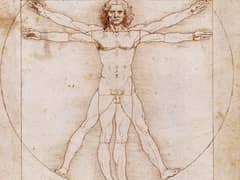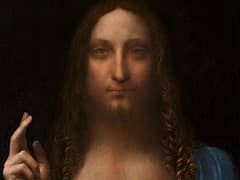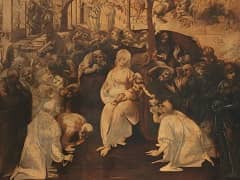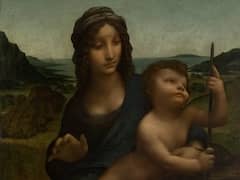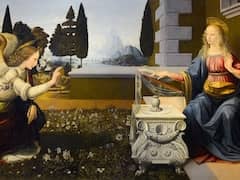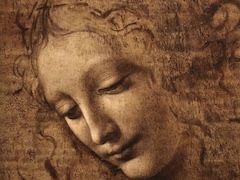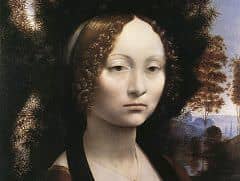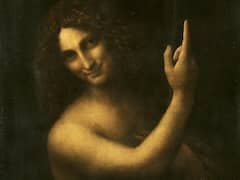Cannon Foundry, 1488 by Leonardo da Vinci
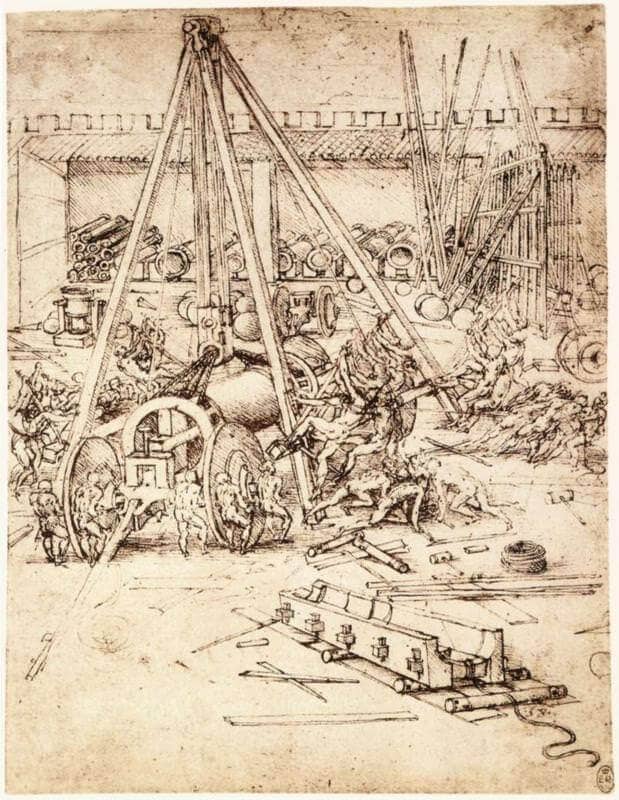
A certain ambivalence is apparent in Leonardo da Vinci's military engineering. Leonardo was irresistibly attracted by the possibility of perfecting weapons, not only as a technical challenge but also more profoundly in terms of the physical principles involved. The design of cannons embodying his beloved laws of percussive motion (with acoustical implications) proved to be especially fascinating for him. But against such attractions we have to set his undoubted abhorrence of war in human terms.
Some of his most spectacularly menacing designs for military machinery, schemes for giant crossbows and such like carry strong implications of the weapons' power to subjugate their human creators, so that man becomes the helpless servant of his own inventions. His famous drawing of a cannon foundry takes this feeling a stage further, subordinating the carefully descriptive drawing of the mechanical elements to its total impact of expressive turmoil, as the Lilliputian progenitors of the obscenely monstrous gun strive frantically to deal with their creation. The emotional implications of this drawing are unmistakably the same as his profetie, recalling in particular the riddle of the cannon cast in a pit: 'Emerging from the ground with terrible noise it will stun those standing nearby and with its breath it will kill men and ruin cities and castles.' Man's brutal destructiveness towards man and nature is a recurrent theme of his literary compositions.



